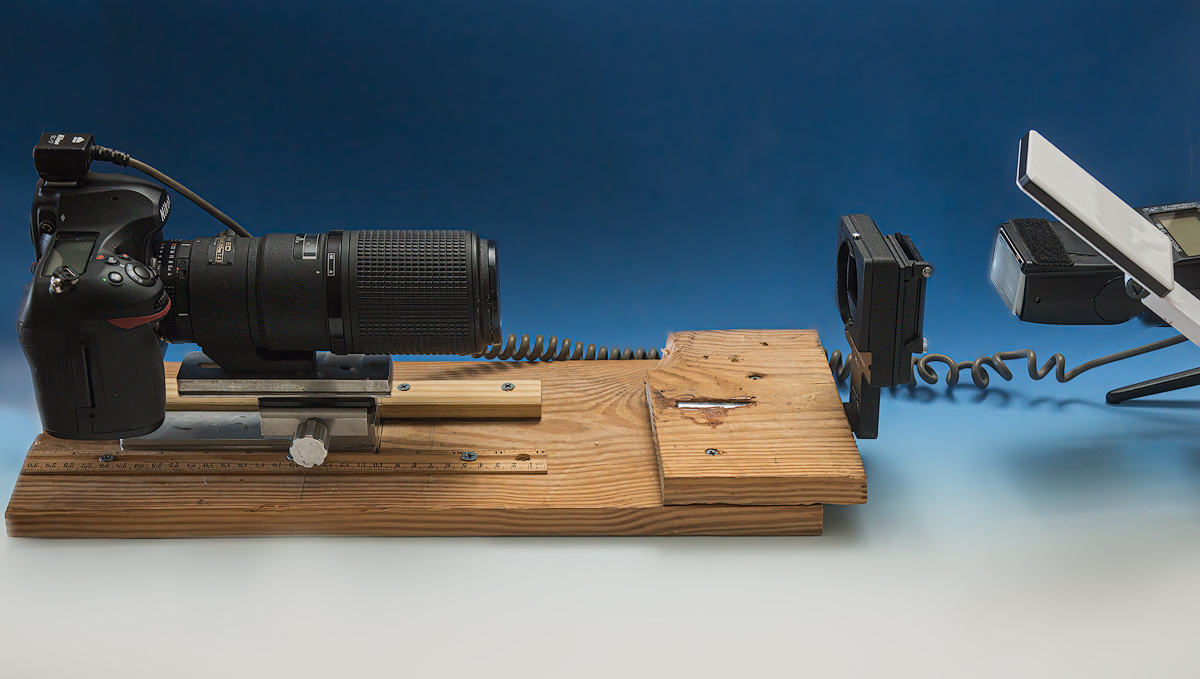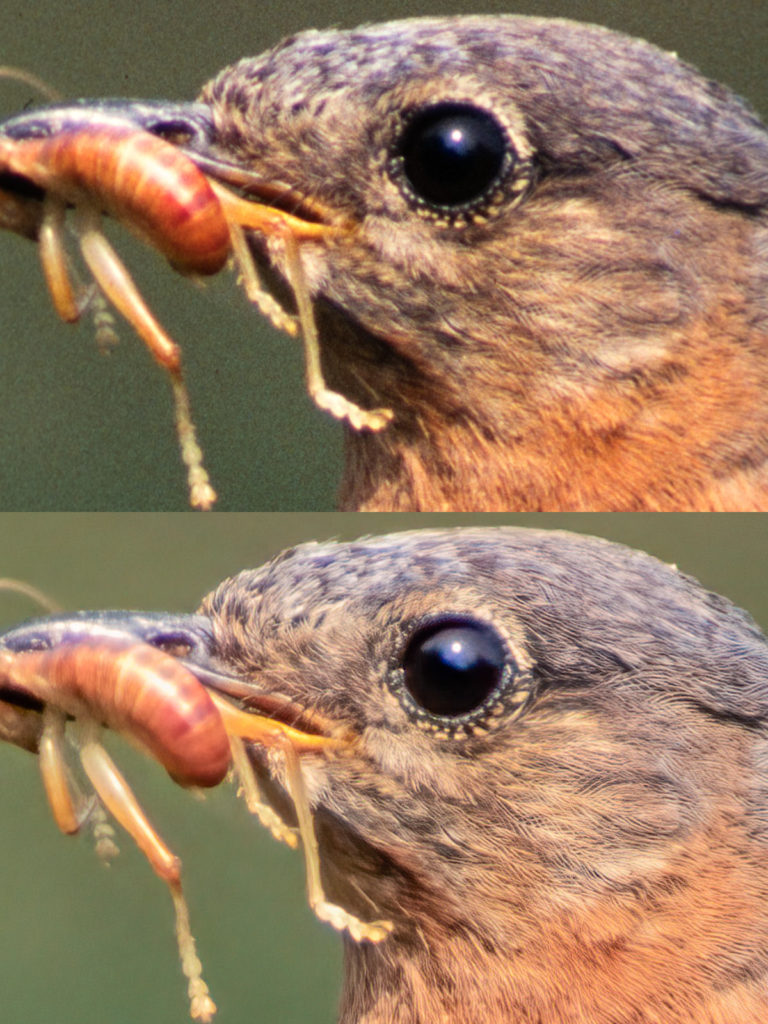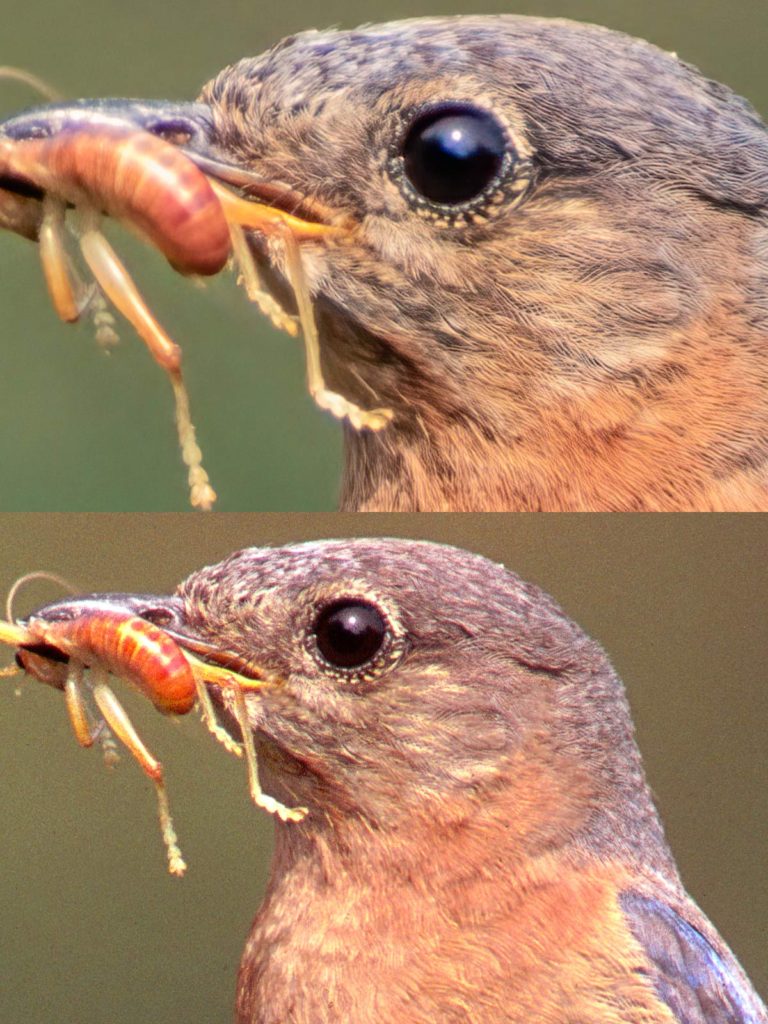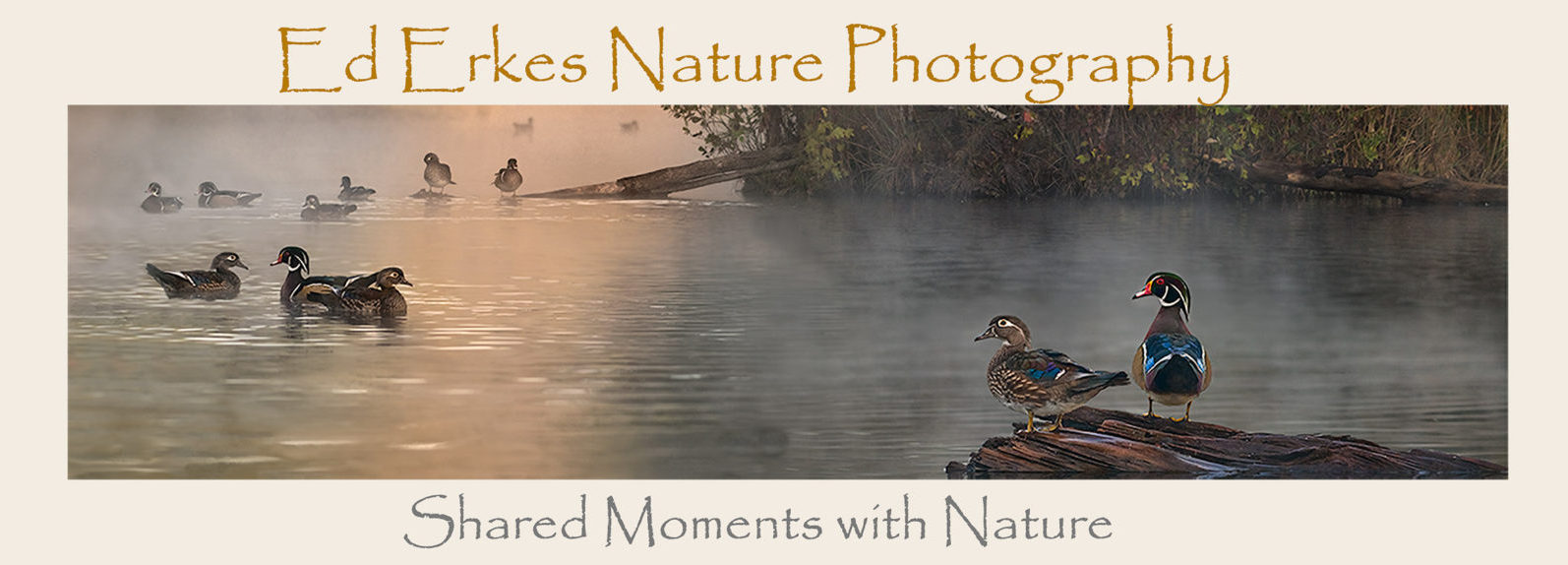
I spent the past couple of weekends finding a way to use my Nikon DSLR to convert slides to digital files. I started taking photographs in 1982, first using Kodachrome 64 then eventually Fujichrome 100. Since my switch to digital cameras did not occur until 2004, I accumulated a lot of slides over the years. In the 90’s and early 00’s I had converted some of my favorite images to digital files with a Polaroid Sprintscan 4000 and Silverfast software, then edited them in Photoshop. With the improvements in software editing programs as well as my own editing skills over the years, I wanted to see what improvements in image quality I could obtain if I were to redo these images.
I no longer had the Polaroid scanner, so I decided to use my Nikon D850 as a slide scanner. My first attempt was with a PB4 bellows and a 55mm Nikon macro lens. The bellows had a PS4 slide holder attachment that mounted on the front of the bellows, so it seemed like best way to proceed. However, it didn’t work in my hands because I just couldn’t get it to focus accurately. Autofocus was not possible with this setup, but I thought I could either use focus peaking as an aid or just manually focus on the magnified live view image. Well, focus peaking was not accurate at all. And my eyes had a hard time determining the precise point of best focus with live view.
So back to the drawing board I went. I decided to use my Nikon 200mm f4 macro lens. I made some measurements on a length of board, mounted the PS4 slide holder on one end, and positioned the Nikon D850 with 200mm macro lens at the distance that would give a 1:1 magnification.
I used a small desk lamp to provide light for focusing then used TTL flash for the actual exposure. To focus I used Live View AF on a magnified view of the slide. I found the AF accurate and reproducible.
On the left below is the digital conversion of the slide with only white balance and exposure adjusted. On the right is the finished edited image. Topaz AI Clear did an amazing job on removing the film grain and adding some sharpening. Dust spot removal and tonal/color adjustments were also made.
The top image is a 100% view of the digital conversion. On the bottom is the finished image

I have one more comparison to show you. On the top below is again the 100% view of the finished, newly scanned and edited image. The bottom image is a 100% view of the image as edited back in the late 90’s. The image is less magnified because the Polaroid scanner scanned at 4000dpi, a lower resolution than the D850. It is also only an 8 bit image.

Overall I am pleased with the results. I was particularly pleased that the digital conversions using the Nikon D850 were superior to those obtained with the Polaroid Sprintscan 4000 scanner. As I convert more slides I may add additional observations to this article.


